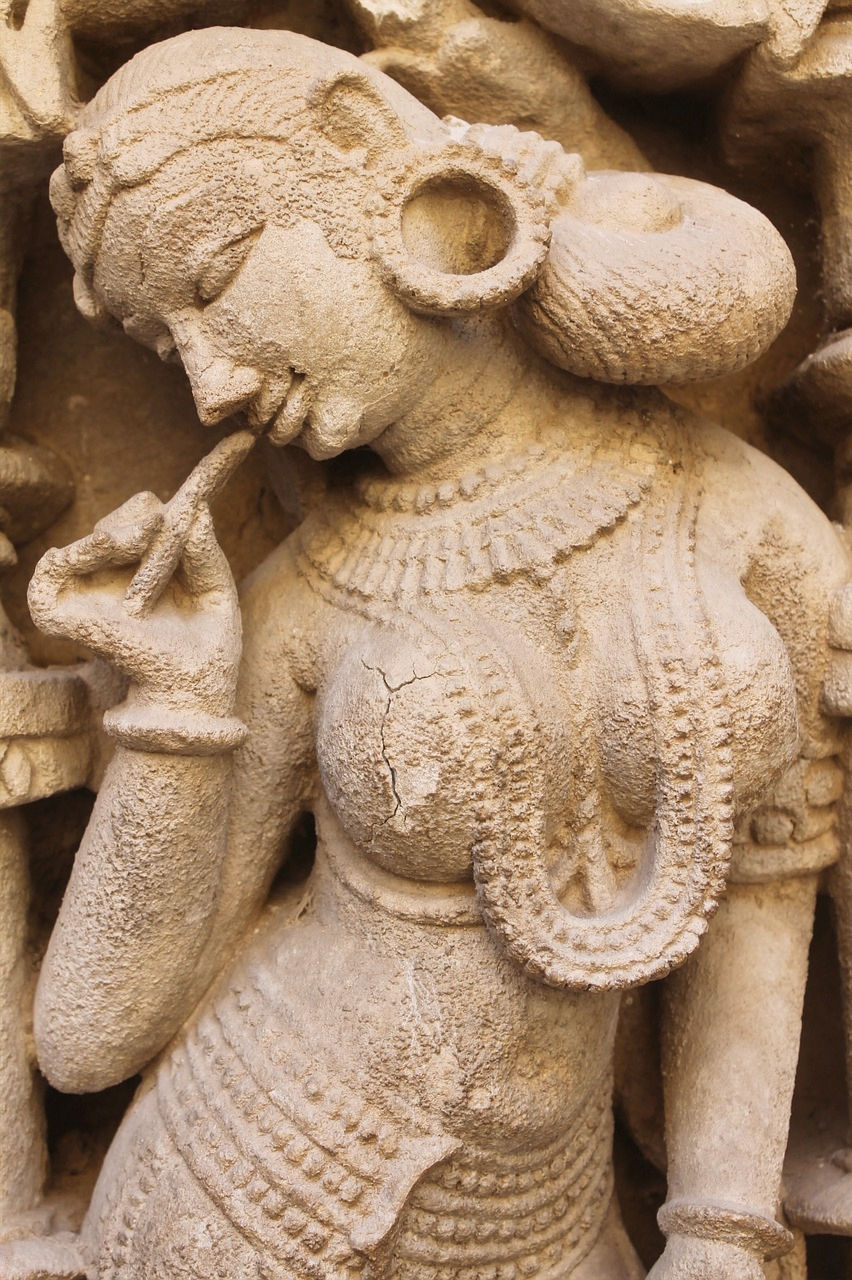Heritage Treasures of North India: Sacred Sites and Ancient Wonders (Part 2)
- Brenelle D'Souza

- Jul 26, 2024
- 3 min read
Updated: Jul 27, 2024
Continuing our exploration of North India's historical marvels, we journey through more sites that highlight the region's architectural and cultural wealth. From the spiritual ghats of Varanasi to the magnificent Golden Temple in Amritsar, these landmarks tell stories of devotion, artistry, and historical significance.
Join us as we uncover more of North India's most popular ancient wonders, each offering a unique perspective on the region's illustrious past.
1. Varanasi Ghats, Uttar Pradesh: The Sacred Riverbanks

Historical Significance:
Varanasi, also known as Kashi, one of the oldest continuously inhabited cities in the world, is revered as a spiritual hub. The ghats along the Ganges River, especially Dashashwamedh and Manikarnika, are significant for their religious rituals, cremation ceremonies, and evening Ganga Aarti.

Travel Tips:
Best Time to Visit: October to March.
Entry Fees: Free to visit the ghats.
Must-See: Attend the evening Ganga Aarti for a spiritual experience.
2. Golden Temple, Amritsar: The Holiest Sikh Shrine

Historical Significance:
The Golden Temple, also known as Harmandir Sahib, is the holiest gurdwara of Sikhism. Founded in 1577 by Guru Ram Das, the fourth Sikh Guru, it is renowned for its stunning golden façade and serene Amrit Sarovar (holy tank). The temple complex embodies Sikh architectural brilliance and religious significance.

Travel Tips:
Best Time to Visit: November to March.
Entry Fees: Free entry, donations accepted.
Must-See: Participate in the Langar (community kitchen) and experience the evening Palki Sahib ceremony.
3. Khajuraho Temples, Madhya Pradesh: Artistic Marvels

Historical Significance:
The Khajuraho Group of Monuments, a UNESCO World Heritage Site, is famous for its ornately carved temples depicting various aspects of life and spirituality. Built between 950 and 1050 AD by the Chandela dynasty, these temples are renowned for their intricate erotic sculptures and architectural brilliance.

Travel Tips:
Best Time to Visit: October to March.
Entry Fees: Tickets are available online and at the site.
Must-See: Explore the Western Group of Temples, which are well-preserved and artistically superior.
4. Jaisalmer Fort, Rajasthan: The Golden Fort

Historical Significance:
Jaisalmer Fort, also known as Sonar Quila (Golden Fort), is a UNESCO World Heritage Site built in 1156 AD by Rawal Jaisal. This living fort, made of golden sandstone, houses palaces, temples, and havelis, reflecting the rich heritage of the Rajputana.

Travel Tips:
Best Time to Visit: October to March.
Entry Fees: Tickets are available at the entrance.
Must-See: Wander through the narrow lanes, visit the Jain temples, and enjoy panoramic views of the city.
5. Humayun’s Tomb, Delhi: A Precursor to the Taj Mahal

Historical Significance:
Humayun’s Tomb, built in 1570, is a UNESCO World Heritage Site and a masterpiece of Mughal architecture. Commissioned by Humayun’s widow, Empress Bega Begum, this grand mausoleum inspired the design of the Taj Mahal.

Travel Tips:
Best Time to Visit: October to March.
Entry Fees: Tickets are available online and at the site.
Must-See: Explore the gardens and the symmetrical architectural elements that reflect the grandeur of Mughal design.
6. Rani ki Vav, Gujarat: The Queen’s Stepwell

Historical Significance:
Rani ki Vav, a UNESCO World Heritage Site, is an intricately designed stepwell built in the 11th century by Queen Udayamati in memory of her husband, King Bhimdev I. Crafted as an inverted temple to emphasize the sanctity of water, this stepwell features seven levels of stairs adorned with exquisite sculptural panels. It showcases over 500 principal sculptures and more than a thousand minor ones, reflecting the artistic and architectural prowess of the period.

Travel Tips:
Best Time to Visit: October to March.
Entry Fees: Tickets are available at the entrance.
Must-See: Admire the detailed carvings and descend the steps to appreciate the stepwell's depth and beauty.
Part 2 of our journey through North India's ancient wonders showcases the region's incredible diversity and depth of history. Visiting places like the magnificent Khajuraho Temples or the imposing Jaisalmer Fort offers profound insights into the spiritual and architectural legacy of the era. Together, these sites weave a compelling narrative of North India's enduring heritage, providing travellers with a comprehensive and enriching experience.
To discover more historical travel destinations and recommendations, follow EraTrails.com and get the latest posts in your inbox. We'd love to hear your feedback and ideas.
.png)



Comments